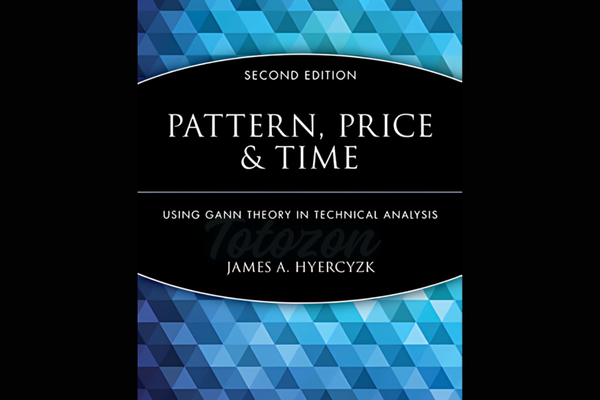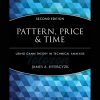Pattern- Price & Time. Using Gann Theory in Trading Systems (2nd Ed.)
$6.00
File Size: Coming soon!
Delivery Time: 1–12 hours
Media Type: Online Course
Pattern, Price & Time: Using Gann Theory in Trading Systems (2nd Ed.)
Introduction
Welcome to our deep dive into the world of trading using Gann Theory. In this edition, we explore the revised and expanded concepts in the second edition of “Pattern, Price & Time: Using Gann Theory in Trading Systems.” This guide is essential for traders seeking to enhance their market strategies through the timeless techniques developed by W.D. Gann.
What is Gann Theory?
Historical Background
Gann Theory was developed by William Delbert Gann, a finance trader who integrated geometry, astrology, and ancient mathematics into trading. His approach to the markets was based on the premise that certain geometric patterns and angles could predict movements in the financial markets.
Core Concepts of Gann Theory
- The Importance of Angles: Gann emphasized the use of angles in the price-time series chart, which represent a certain speed of price change.
- Pattern Recognition: He believed that price movements followed certain geometric patterns that could be leveraged for predictive purposes.
- Time and Price Equivalence: Gann posited that time and price have a harmonious relationship, which could be decoded to determine future market movements.
Gann Angles: A Tool for Market Forecasting
Gann Angles are a distinctive and essential component of his trading strategy. These angles are drawn on a price chart, representing predetermined rates of price movements.
Constructing Gann Angles
- 1×1 Angle: The 45-degree angle, considered the most crucial, indicates a balance between time and price.
- Other Significant Angles: These include 1×2, 2×1, and others, each representing different market strengths or weaknesses.
Using Gann Angles Effectively
To use Gann Angles, traders need to correctly set up their charts and understand the context in which these angles provide predictive value.
Gann Square of Nine: Another Essential Tool
The Gann Square is a complex table used for determining time and price alignments. It is particularly useful in identifying key support and resistance levels.
Application in Trading
Using the Square of Nine involves aligning it with a particular price on the chart and decoding the angles to predict future price action.
Integrating Gann Theory in Modern Trading Systems
While Gann’s methods might seem esoteric, they are incredibly relevant. Here’s how modern traders can integrate these theories:
Software and Technology
Many trading platforms now offer tools specifically designed to implement Gann’s methods, such as angle calculators and pattern layout tools.
Combining with Other Strategies
Gann’s techniques are often used in conjunction with other trading systems to validate strategies or refine entry and exit points.
Challenges and Limitations
While promising, Gann’s theories require an understanding of a broad range of disciplines, including complex mathematics and astrology. Traders should be aware of these challenges and seek to understand the underlying principles thoroughly.
Conclusion
Gann Theory remains a fascinating area within the trading world, offering unique insights into price and time dynamics. By understanding and applying Gann’s principles, traders can unlock new dimensions in their trading strategies, potentially leading to more informed and successful market decisions.
FAQs
- What is the Gann Theory?
- Gann Theory is a trading approach that combines geometric patterns, astrology, and ancient mathematics to predict market movements.
- How do Gann Angles work?
- Gann Angles are drawn on charts to represent specific rates of price change, used to predict support and resistance levels.
- Can Gann Theory be used for all types of trading?
- Yes, Gann Theory can be adapted for different trading markets, including stocks, commodities, and forex.
- Is special software required to use Gann Theory?
- While not mandatory, specialized software can help traders more accurately implement Gann’s methods.
- What are the challenges of using Gann Theory?
- The main challenges include the complexity of the concepts and the need for a broad understanding of multiple disciplines.
Be the first to review “Pattern- Price & Time. Using Gann Theory in Trading Systems (2nd Ed.)” Cancel reply
You must be logged in to post a review.
Related products
Forex Trading
Forex Trading
Forex Trading
Forex Trading
Quantamentals – The Next Great Forefront Of Trading and Investing with Trading Markets
Forex Trading
Forex Trading
Forex Trading
Forex Trading























Reviews
There are no reviews yet.